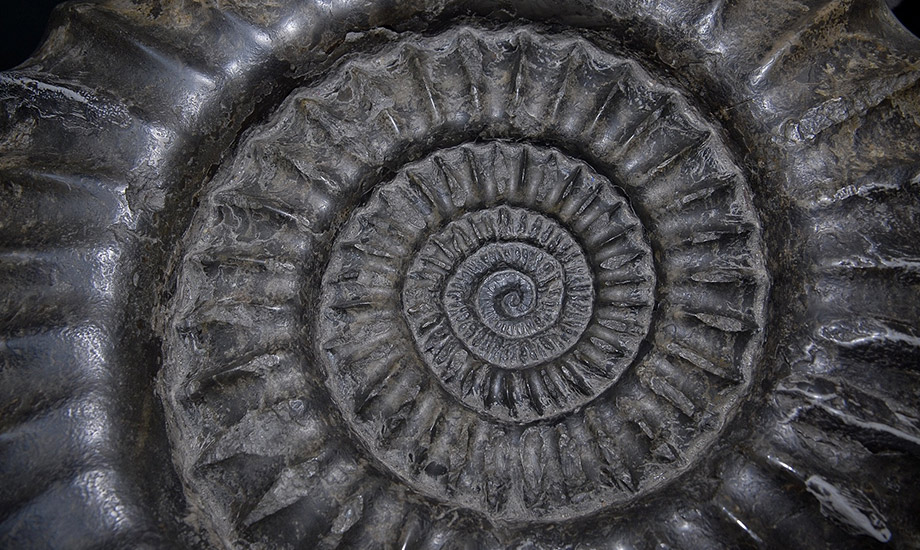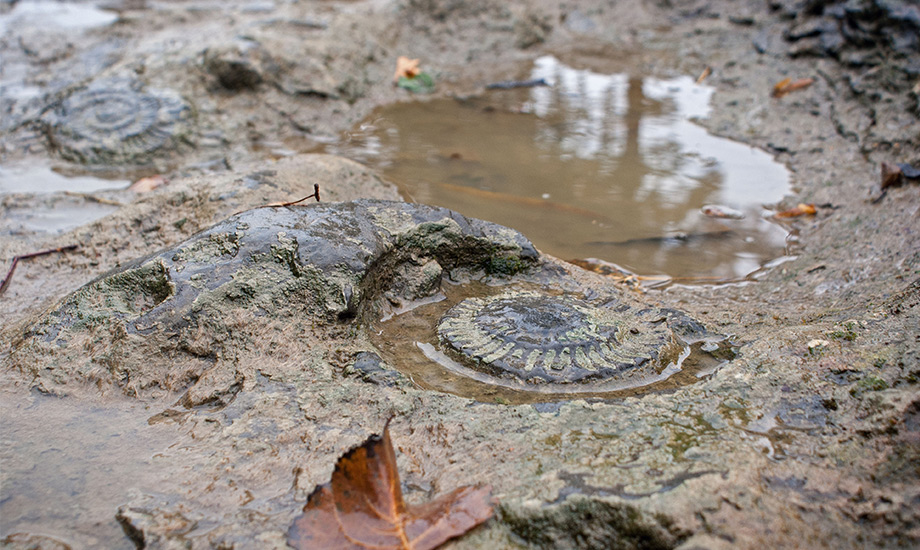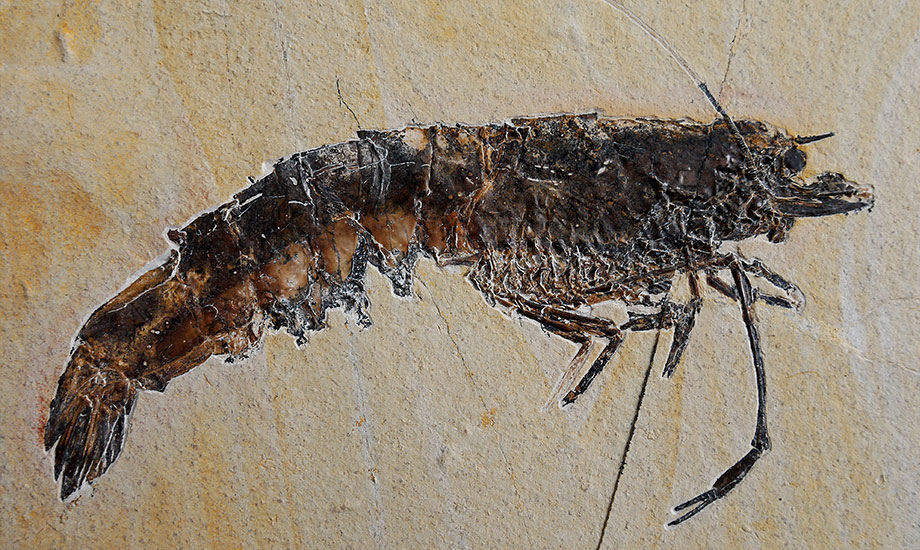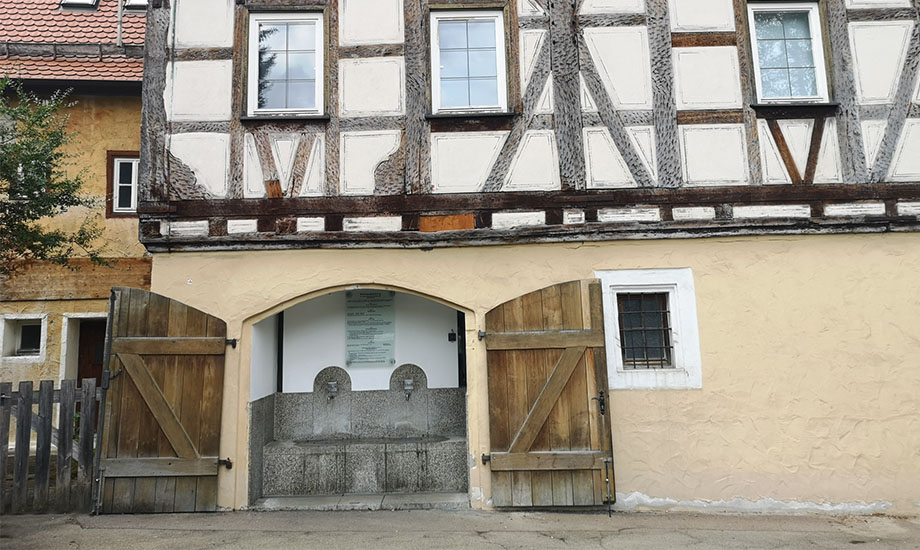Ammonites, the landmarks of the Alb
You can find them everywhere in the Swabian Alb as fossils or imprints in rocks: the ammonites. They are valuable key fossils in the Jurassic Period and help to date rocks correctly.
Although this animal species existed for almost 350 million years, all ammonites, like the dinosaurs, became extinct during the great mass extinction at the transition from the Cretaceous to the Palaeogene Period. They came in countless shapes and sizes, the smallest were only a few centimeters tall, but the largest of their kind reached up to 1.8 meters in diameter. Common to all of them is the discus-like shape and a spiral structure. This shape strongly resembles today's snails. While they do belong to the mollusks as well, the closest living relatives of the ammonites are the so-called cephalopods, such as squids and the nautilus. They had several arms, the exact number is still subject of research, because unfortunately these have not been preserved. Presumably they lived on crustaceans, mollusks or carrion.
The Ammonite was named after the ancient Egyptian sun god Ammon. He was depicted with ram's horns, which resemble the shell of the Ammonites.
Inside the shell were chambers that spiralled from the inside out. The smallest chamber in the centre was the oldest. Only the largest and youngest chambers were inhabited by the animal. As ammonites partially filled their chambers with air, they were able to float in the sea and move through expelled water using the recoil principle. A remarkable detail: This made them move backwards and they could not see where they were swimming.



